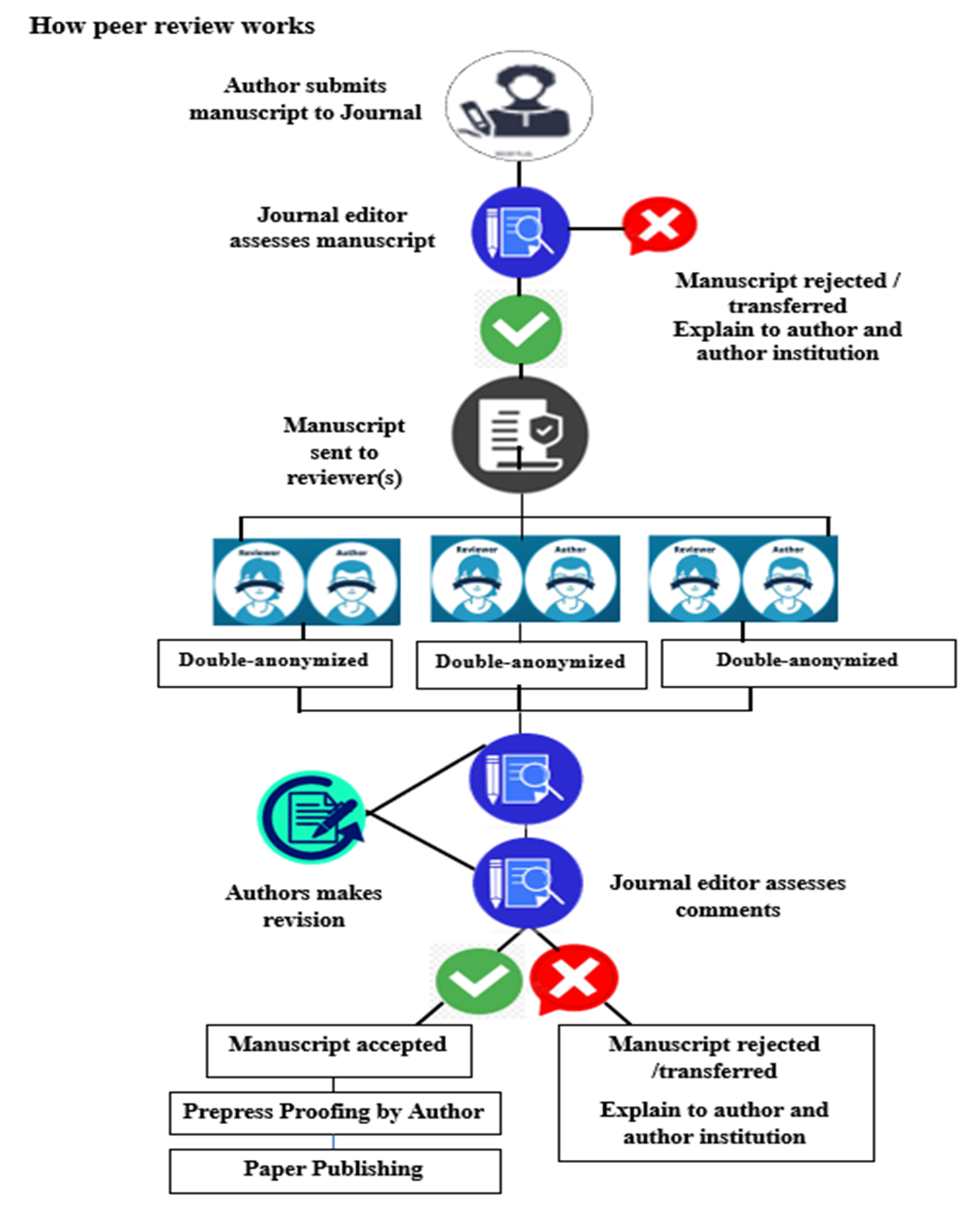Peer Review Process
Introduction to peer review
What is peer review?
Peer review is the system used to assess the quality of a manuscript before it is published. Independent researchers in the relevant research area assess submitted manuscripts for originality, validity, and significance to help editors determine whether a manuscript should be published in their journal.
How does it work?
The submitted manuscripts are assessed by editorial team. The unqualified manuscripts are returned to authors, while the qualified manuscripts are passed to the proper peer-reviewers within the field of research to review the manuscript. The type of peer review used by IJPS is the Double-anonymized review which means that the reviewer identity is not visible to author, and author identity is not visible to reviewer.
Why do peer-review?
Peer-review is an integral part of scientific publishing that confirms the validity of the manuscript. Peer-reviewers are experts who volunteer their time to help improve the manuscripts they review. By undergoing peer review, manuscripts should become:
More robust – peer-reviewers may point out gaps in a paper that require more explanation or additional data.
Easier to read - if parts of your paper are difficult to understand, reviewers can suggest changes.
More useful – peer-reviewers also consider the importance of your paper to others in your field.









